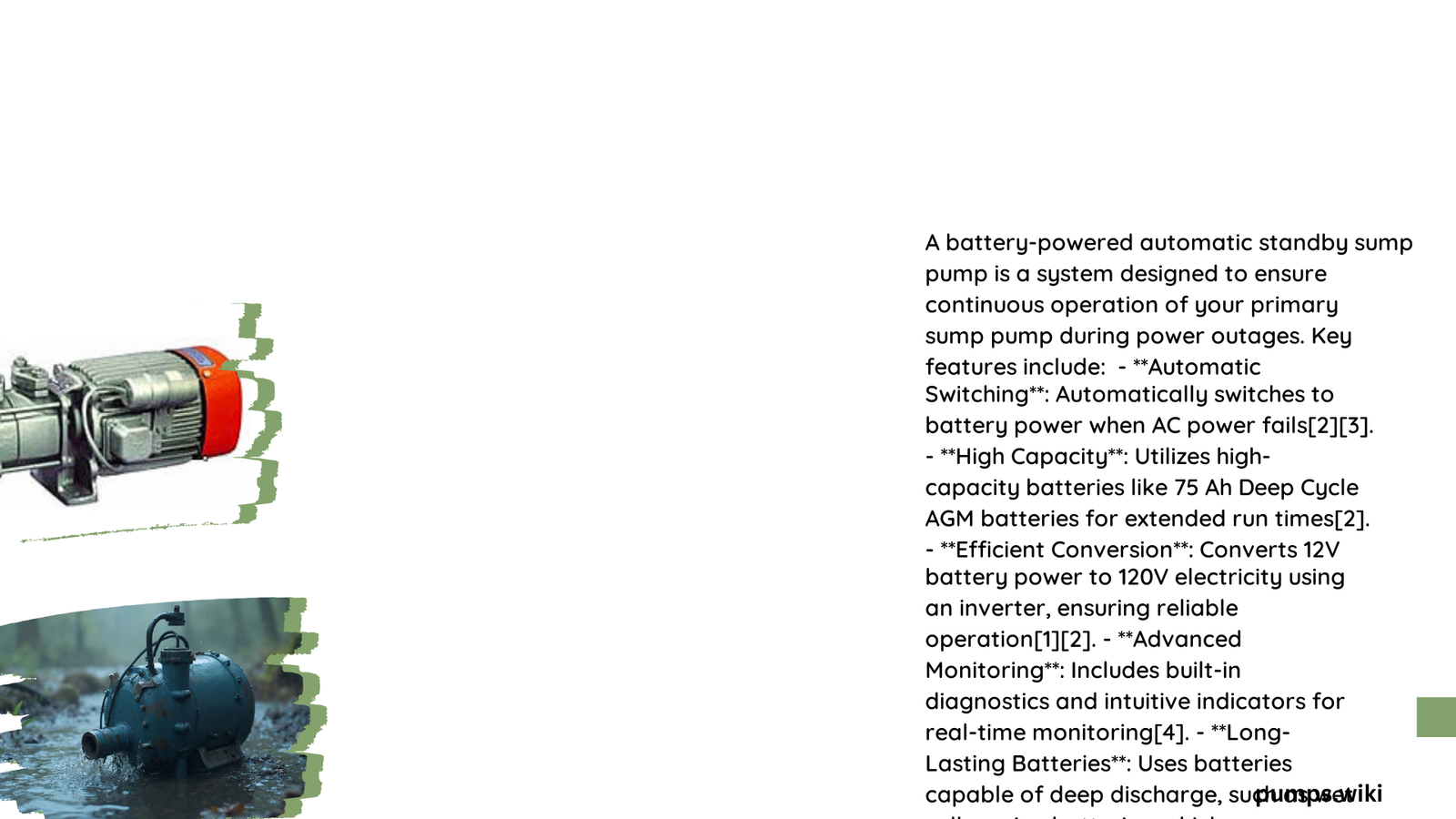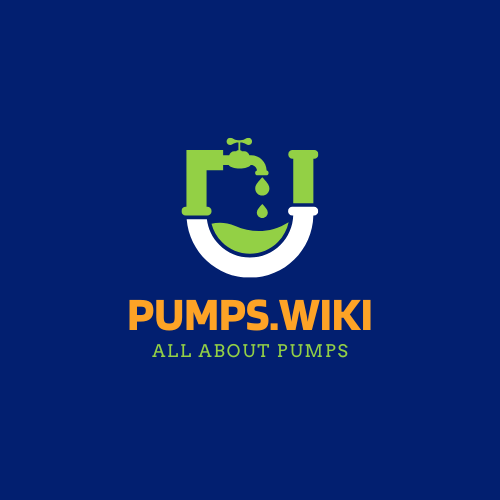A battery powered automatic standby sump pump is a crucial backup system for homeowners in flood-prone areas. These pumps automatically activate during power outages or when the primary pump fails, providing continuous protection against water damage. With various models offering different flow rates, battery capacities, and features, choosing the right system is essential for reliable basement flood prevention.
What Are the Key Features of a Battery Powered Automatic Standby Sump Pump?
Battery powered automatic standby sump pumps are designed to provide reliable backup protection for your home’s basement or crawl space. Here are the essential features to look for:
-
High Flow Rate: Look for pumps that can move a significant amount of water quickly. For example, the Liberty Pumps 441 can pump 2460 GPH at 0 feet of head, while the Little Giant SPBS-12HF can manage 3360 GPH.
-
Reliable Battery: Most systems require a deep cycle battery (usually not included) for power. Group size 24 or 27 batteries are common choices.
-
Efficient Charging System: A good charging system is crucial for maintaining battery life. The Liberty Pumps 441, for instance, features a 1.5-Amp Advanced 5-Stage Charging System.
-
Automatic Operation: These pumps should activate automatically when needed, typically using a float switch or similar mechanism.
-
Alarm Systems: Many models include audible alarms and indicator lights to alert you when the backup system is in use or when maintenance is required.
How Do Different Models Compare in Performance?

Let’s compare some popular models:
| Model | Flow Rate | Battery Capacity | Charger | Special Features |
|---|---|---|---|---|
| Liberty Pumps 441 | 2460 GPH @ 0 feet | Group 24 or 27 | 1.5-Amp 5-Stage | Adjustable float switch |
| Little Giant SPBS-12HF | 3360 GPH | Size 27, 12V | 1, 10, or 12 A options | Diaphragm switch |
| SEC America 822PS | Not specified (supports 1/2 HP pumps) | Deep cycle marine | Automatic | Interfaces with primary pump switch |
| Zoeller STBB100 | 29 GPM at 0′ lift | Deep cycle | 1 amp | Built-in diagnostics |
As you can see, each model has its strengths. The Liberty Pumps 441 offers a good balance of flow rate and charging capabilities, while the Little Giant SPBS-12HF boasts the highest flow rate among these options.
What Is the Installation Process for a Battery Powered Standby Sump Pump?
Installing a battery powered automatic standby sump pump involves several steps:
-
Choose the Right Location: Ensure your sump pit is large enough for both primary and backup pumps.
-
Install the Primary Pump: Follow manufacturer instructions for your main sump pump installation.
-
Install the Backup System:
- Position the backup pump in the sump pit
- Connect the float switch and check valve
- Install the battery in its box
-
Connect the battery to the charger and pump
-
Connect the Discharge Pipe: Ensure proper routing away from the foundation.
-
Test the System: Verify both primary and backup pumps are functioning correctly.
Always consult local building codes and regulations before installation.
What Are Common User Experiences with These Systems?
User experiences vary by model, but some common themes emerge:
- Reliability: Most users appreciate the peace of mind these systems provide during power outages.
- Battery Maintenance: Regular battery checks and maintenance are crucial for system longevity.
- Float Switch Issues: Some users report occasional problems with float switches, particularly in models like the Liberty Pumps 441.
- Installation Complexity: While some models like the Little Giant SPBS Series are praised for easy installation, others may require professional help.
How Often Should Maintenance Be Performed?
Regular maintenance is crucial for the longevity and reliability of your battery powered automatic standby sump pump:
- Monthly Checks:
- Test the backup system
- Check battery water levels (for non-sealed batteries)
-
Ensure the charger is functioning properly
-
Quarterly Maintenance:
- Clean the pump and check valve
-
Verify float switch operation
-
Annual Service:
- Replace the battery if needed (typically every 3-5 years)
- Professional inspection of the entire system
What Is the Expected Lifespan of These Systems?
The lifespan of a battery powered automatic standby sump pump system can vary based on usage and maintenance:
- Pump Unit: With proper care, the pump itself can last 5-10 years.
- Battery: Deep cycle batteries typically need replacement every 3-5 years.
- Charger: Quality chargers can last the lifetime of the system with proper care.
Warranties vary by manufacturer:
– Liberty Pumps 441 offers a 3-year consumer warranty
– SEC America 822PS comes with a 2-year factory warranty
How Do These Systems Perform During Extended Power Outages?
Performance during extended power outages depends on several factors:
- Battery Capacity: Larger batteries provide longer run times.
- Water Inflow Rate: Higher inflow rates drain the battery faster.
- Pump Efficiency: More efficient pumps conserve battery power.
For example, a fully charged deep cycle battery powering an efficient pump like the Liberty Pumps 441 could potentially provide several hours of continuous pumping or intermittent operation over several days, depending on water inflow rates.
Are There Smart Home Integration Options Available?
While the models discussed (Liberty Pumps 441, Little Giant SPBS Series, SEC America 822PS, Zoeller STBB100) don’t offer built-in smart home integration, there are ways to add smart functionality:
-
Smart Water Sensors: Place these near your sump pit to receive alerts on your smartphone when water is detected.
-
Smart Plugs: Connect your system’s charger to a smart plug for remote monitoring of power status.
-
Third-Party Controllers: Some aftermarket controllers can add WiFi connectivity and smartphone alerts to your existing system.
-
Camera Monitoring: Install a smart camera near your sump pit for visual checks via smartphone.
While these aren’t direct integrations, they can significantly enhance the monitoring capabilities of your battery powered automatic standby sump pump system.
In conclusion, a battery powered automatic standby sump pump is an essential safeguard for homeowners in flood-prone areas. By understanding the key features, installation process, and maintenance requirements, you can ensure your basement remains dry even during power outages or primary pump failures. Regular maintenance and testing are crucial for system reliability, providing peace of mind when you need it most.
